Impact Missions
Plastics
Top 5 sustainable solutions to the global plastics crisis (none of which are recycling).
When it comes to solving the plastics problem, we need bold action that focuses on tackling the issue at its core.
It’s no secret – we’re in the midst of a plastics crisis.
What was a groundbreaking material that revolutionised the world, enabling innovations like computers, mobile phones, and lifesaving medical advancements, has become unchecked for too long.
Plastic production comes at a steep cost.
To date, we’re aware that over 16,000 chemicals are used to make plastic, and we know that these chemicals leach out and harm us.
Combine this with a blatant overproduction of the material, and we circle right back to the crisis on our hands.
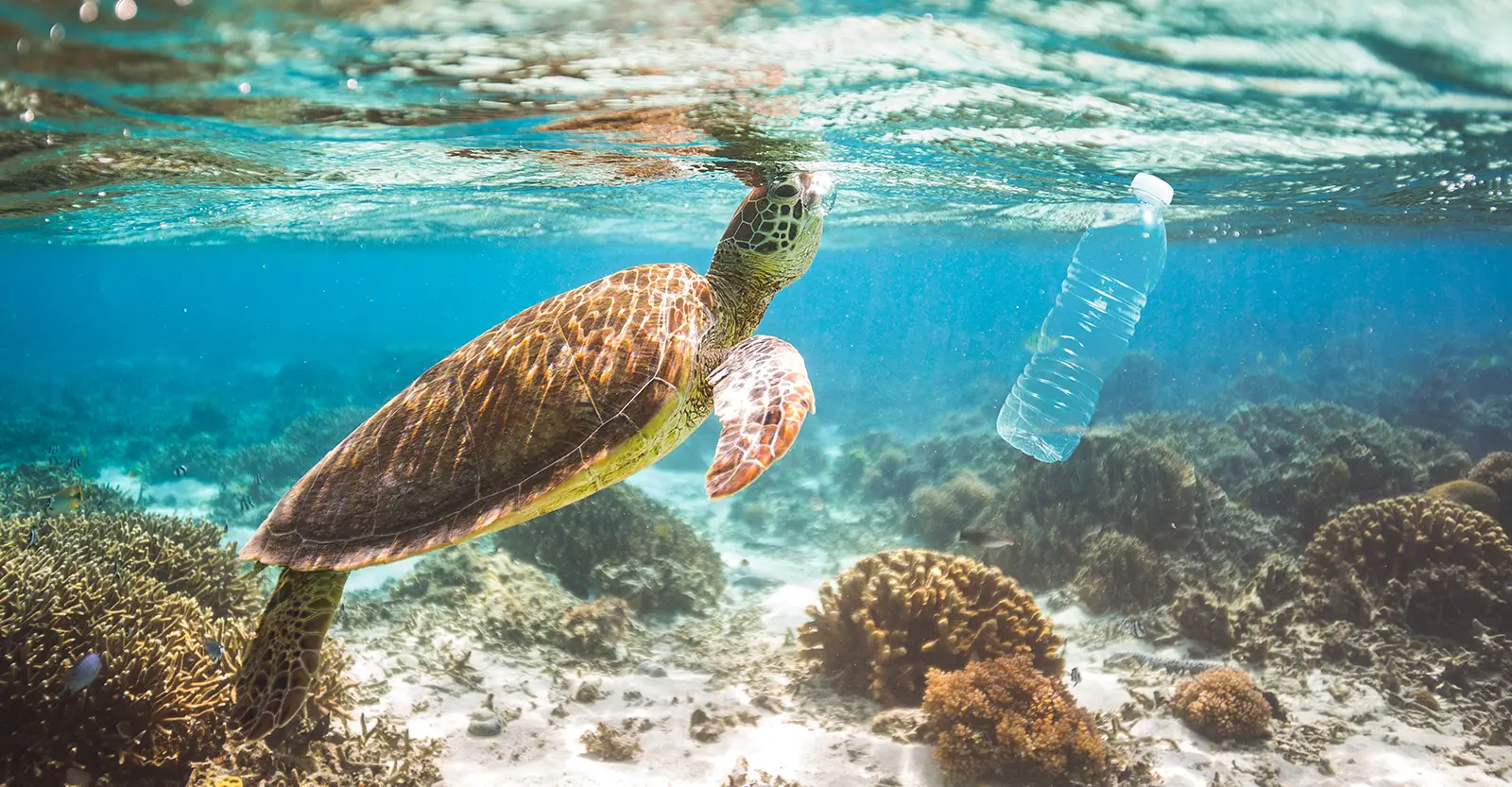
Credit: Philip Thurston via Getty Images.
So, not only does plastic wreak havoc on the environment and natural ecosystems, but a growing body of research shows its chemicals are alarmingly harmful to human health.
Learn more about these impacts here.
With all this in mind…
It’s time to start reimagining our relationship with plastic – and looking forwards safer, more sustainable alternatives.
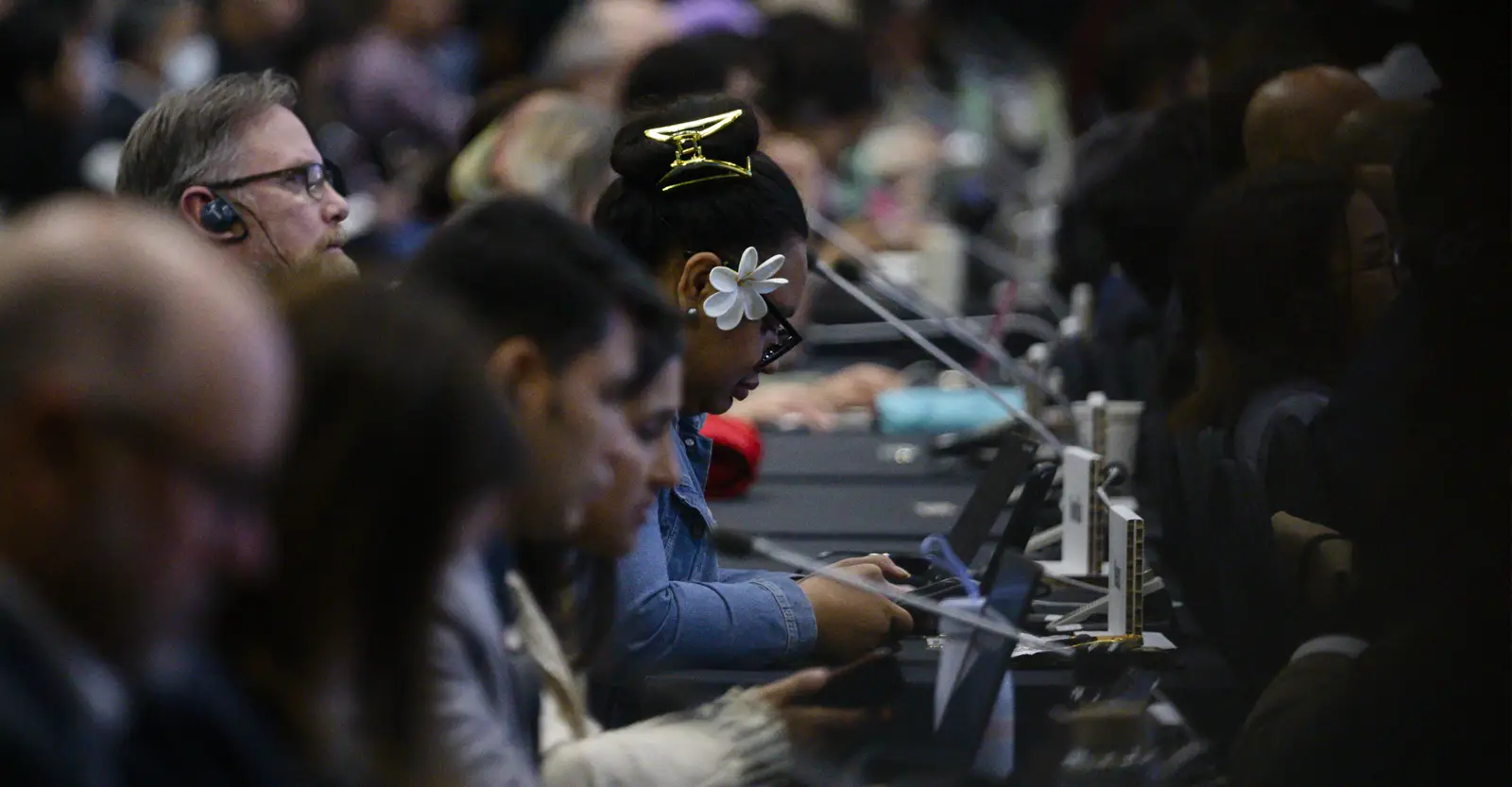
Caption: Delegates and guests attend an open plenary session of the fifth session of the UN Intergovernmental Negotiating Committee on Plastic Pollution (INC-5) in Busan on December 1, 2024. Credit: ANTHONY WALLACE / AFP via Getty Images.
Regulating plastic: The Global Plastics Treaty
Fortunately, the global plastics crisis has reached the world stage through the Global Plastics Treaty – a rare opportunity to regulate plastic and reshape our future.
Over 85 participating nations agree that bold action is essential to rein in plastic production.
However, progress is being hampered by fossil fuel companies and lobbyists, who conveniently claim that recycling is the ultimate solution.
(Convenient, because companies making a profit from plastic production would benefit from a weak Treaty.)
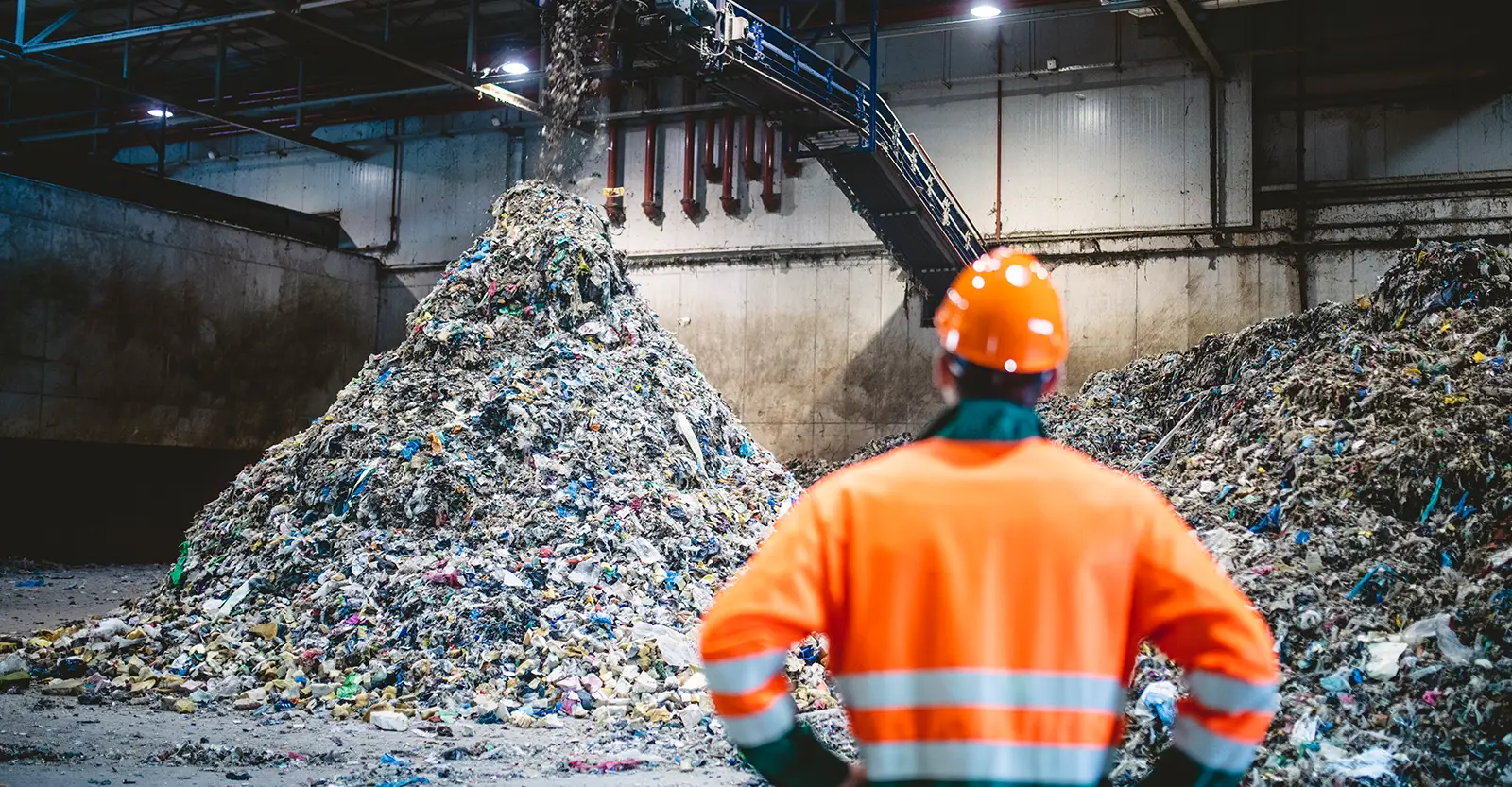
Credit: AzmanJaka via Getty Images.
While recycling can play a role, the reality is sobering:
- Only around 10 per cent of recyclable plastic actually gets a second life.
- Worse still, recycling plastic is energy-intensive, contributing to climate change, and fails to eliminate harmful chemicals.
- In fact, research shows that these chemicals may even increase in recycled plastics.
This undermines the principles of a circular economy, perpetuating harm to people and the planet.
What’s a circular economy? It’s a system focused on reusing and regenerating materials or products to sustain production in an effort to minimise the environmental impacts.
Before we even begin to discuss recycling, we must address the toxic chemicals in plastics and tackle the root causes of this crisis.
Beyond recycling: What can we do to address the plastics problem?
While plastic remains necessary to some degree in our modern world, it’s imperative to regulate its use and challenge our over-reliance on it.
This requires us to move beyond surface-level fixes and tackle the problem at its source.
Below, we’ve compiled five key actions that are essential to solving the plastics crisis – all of which should take precedence over recycling.
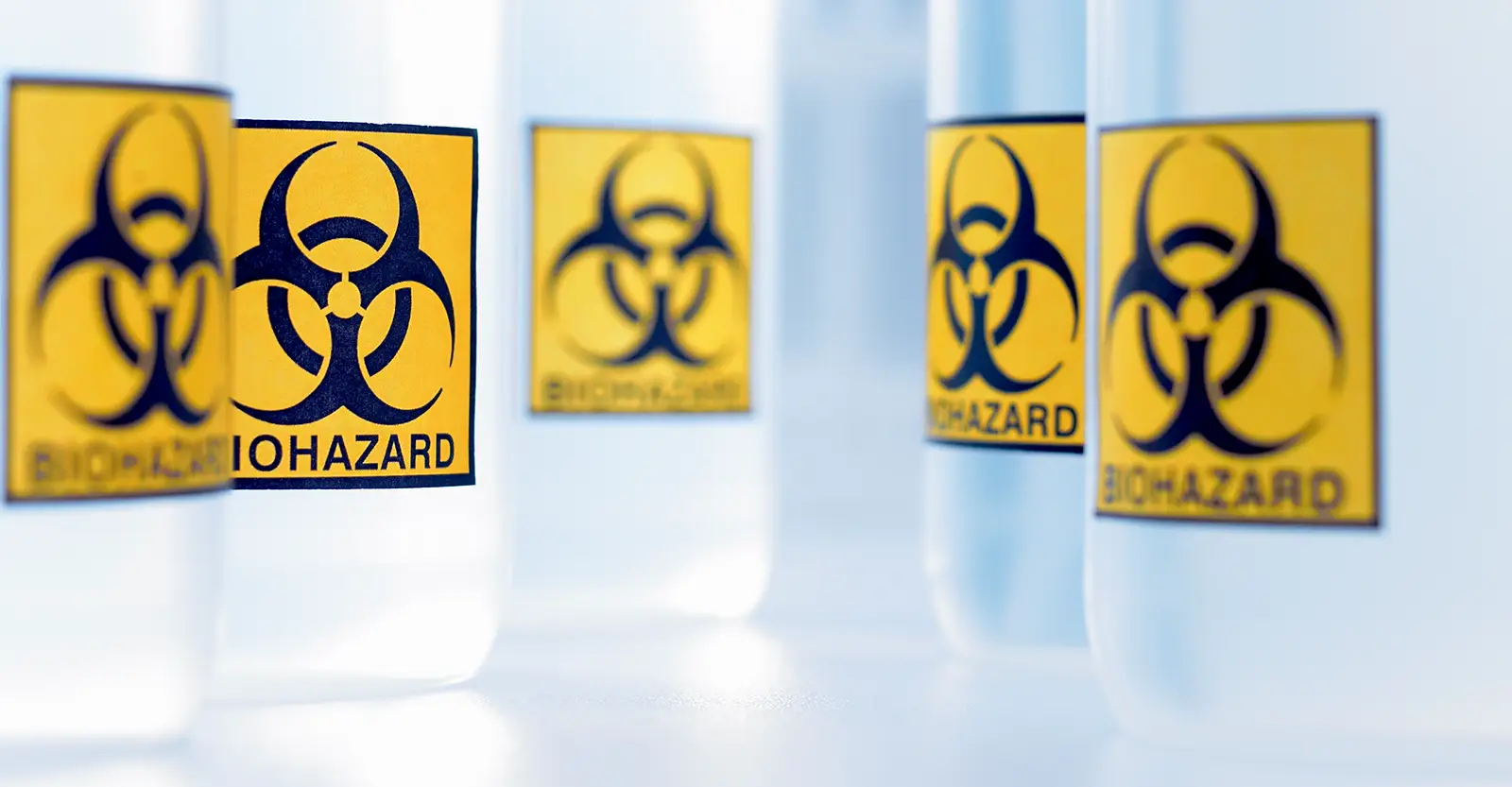
Credit: Adam Gault via Getty Images.
1. Removing toxic chemicals from the plastic production process
We’ve mentioned that there are over 16,000 potentially toxic chemicals in plastics. Among these, five widely used chemicals have been strongly linked to alarming health impacts.
Here are the top offenders:
Bisphenols (including BPA)
Found in:
- Food storage containers
- Drink bottles
- Picnic wear
- Teething toys
- Coatings inside metal products (e.g., food cans and bottle tops)
- Polyester fabrics
- Thermal receipts
Phthlates
Found in:
- Children’s toys
- Clothing
- Food packaging and processing materials
- Medical devices (e.g., IV bags, tubing)
- Cosmetics and personal care products
- Vinyl flooring and other building materials
- Flexible PVC pipes
Polychlorinated biphenyls (PBC)
Found in:
- Electrical waste (e.g., old transformers, capacitors, cable insulation)
- Old plastics
- Paints
- Fluorescent light fixtures
- Industrial rubbers
Polybrominated Diphenyl Ethers (PBDEs)
Found in:
- TV and computer casings
- Wire and cable sheathing
- Some electrical appliances
- Insulation
- Textiles
- Car seats
- Infant mattresses
- Furniture foam
- Rebonded carpet padding
- Paints and coatings
- Printed circuit boards (found in electrical devices)
Per- and polyfluoroalkyl substances (PFAS)
Found in:
- Non-stick cookware
- Plastic food packaging
- Grease-resistant food packaging
- Cosmetics
- Water- and stain-resistant coatings (e.g., for clothes, furniture, carpets and car seats)
- Adhesives and sealants
At the very least, we should enforce a total ban on these five toxic chemicals in plastic production.
Australia has done this before – by banning lead as an additive in paint.
This move would not only reduce immediate health risks but also set a precedent for addressing other harmful chemicals as more data emerges.
Progressively banning toxic substances ensures we can build a safer, healthier future.
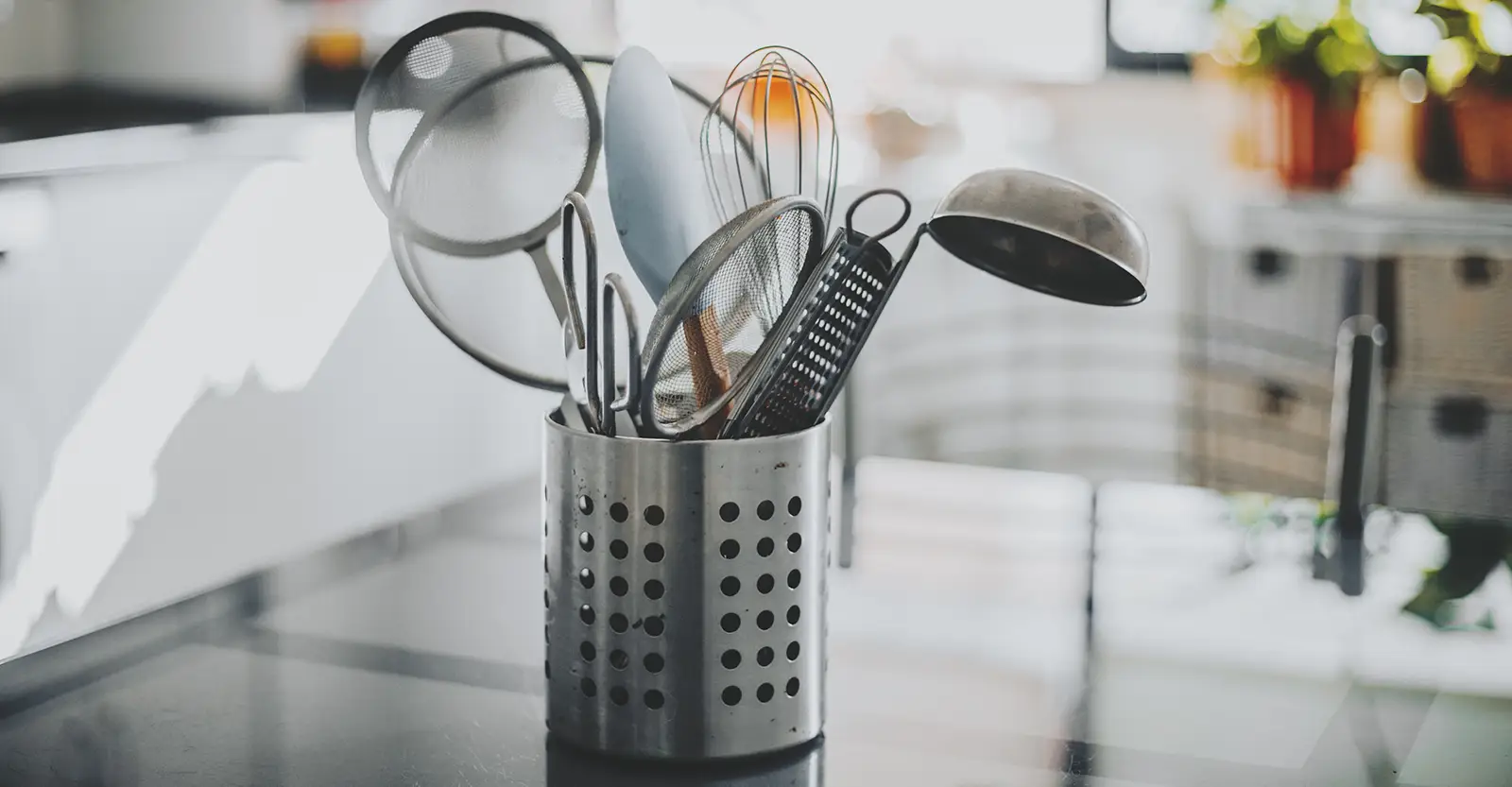
Credit: Carol Yepes via Getty Images.
2. Opting for plastic alternatives
Like any product, plastic thrives on supply and demand. As consumers, we have power through the choices we make.
Whenever possible, we should choose objects made from materials like metal, wood, or glass instead of plastic.
For example, investing in a reusable metal water bottle eliminates the need to buy single-use plastic ones. If everyone made this simple switch, it could drastically reduce the amount of plastic waste in the world.
Small changes in our purchasing decisions can have a significant impact on plastic production over time.
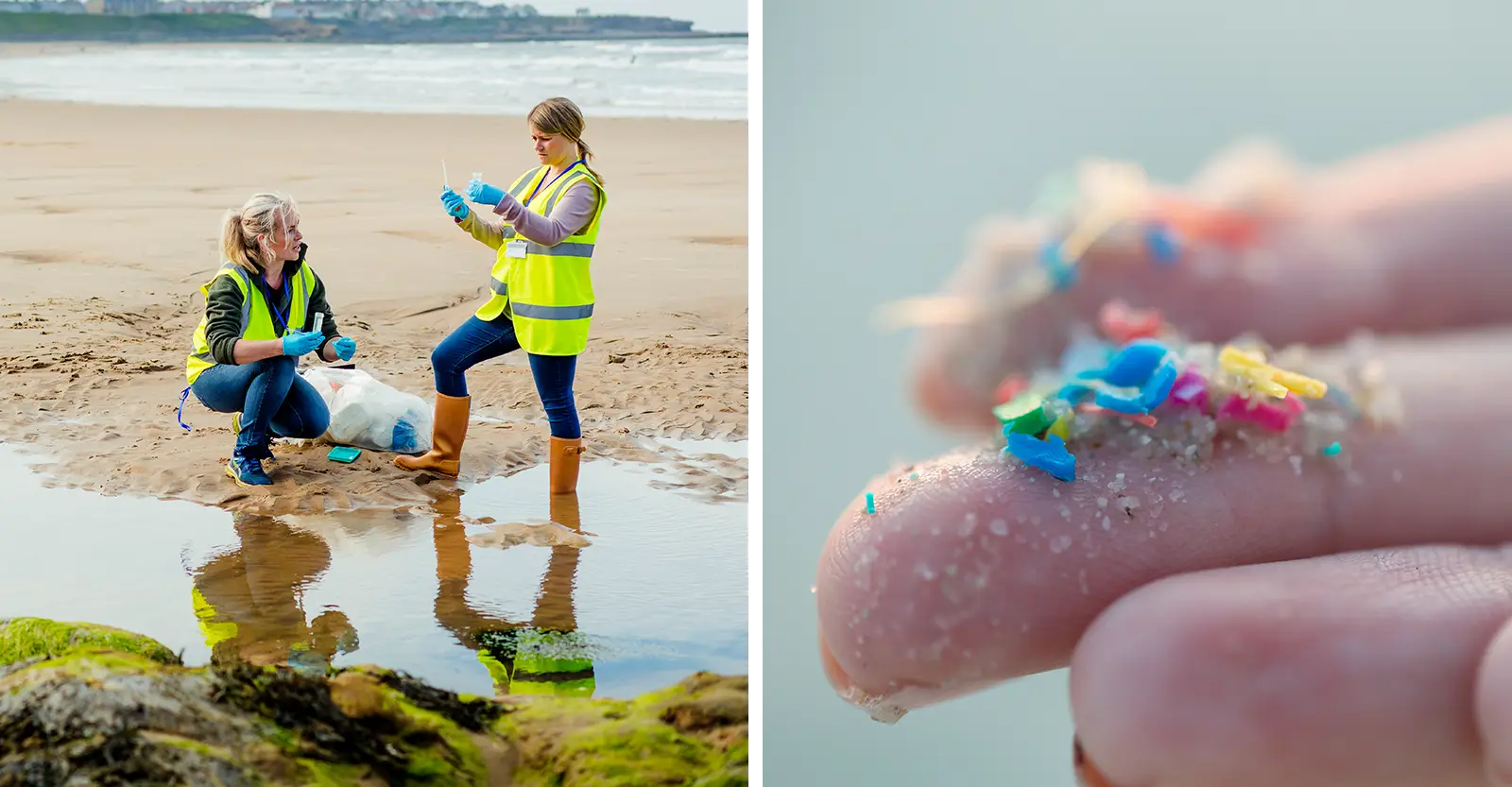
Credits: Left - Solstock. Right - Alistair Berg. Both photos via Getty Images.
3. Advocating for research into alternatives to plastic chemicals
The chemicals added to plastics often make the material functional – whether by making it flexible, fire-resistant, or durable.
While we work to reduce plastic use, we must also invest in research to find safer, naturally occurring alternatives to these harmful chemicals.
One promising area of research involves citric acid-based plasticisers that mimic natural reactions while reducing reliance on toxic compounds.
By prioritising the development of safer materials, we can ensure that plastic products, where irreplaceable, become less harmful to human health and the environment.
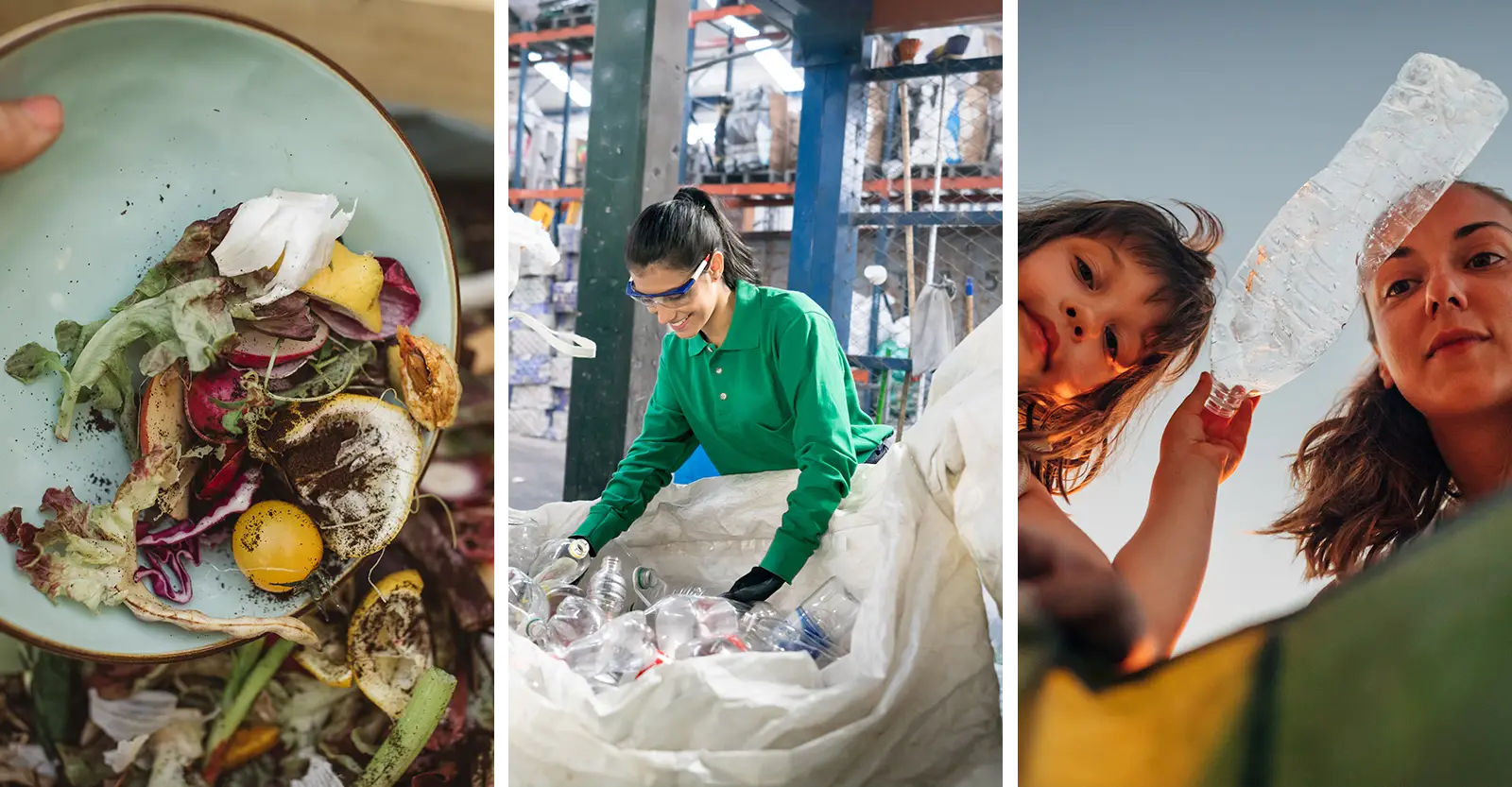
Credits: Left - svetikd. Middle - andresr. Right - Kosamtu. All photos via Getty Images.
4. Supporting systems that effectively manage waste
Currently, a significant portion of plastic waste never makes it to recycling. This is because recycling requires clean, uncontaminated streams of a single type of material – something that’s rare with today’s plastics.
Most plastic ends up in landfills or, worse, in waterways, causing harm to marine life.
Plastics often contain complex additives that make them hard to recycle and potentially unsafe. Even so-called “compostable plastics” often fail to break down entirely, leaving behind harmful oxy-chemicals that contaminate soil.
Additionally, PFAS found in paper-based alternatives to plastics can infiltrate recycling streams, compounding the issue.
To address this, we need:
- A ban on toxic chemicals in plastics to ensure safer recycling processes.
- Better regulations and infrastructure to manage plastic waste sustainably.
- A push toward compostable alternatives that genuinely break down without harmful residue.

Credit: MelanieMaya via Getty Images.
5. Reduce single-use plastics wherever possible
Single-use products, whether plastic or otherwise, are often a matter of convenience, not necessity.
Next time you consider reaching for a disposable item, ask yourself: “What alternatives do I have?”
For example
- Going on a picnic? Bring regular cutlery and wash it later.
- Hosting an event? Enlist your friends to help with washing dishes instead of using disposable plates.
Even paper-based alternatives aren’t a free pass to overconsume. These items still require resources to produce and often fail to biodegrade completely (not to mention the potential toxic chemicals).
Reducing single-use plastics is about fostering mindful consumption and embracing sustainable habits.
Tackling the plastics crisis should be about taking bold action that delivers real, lasting change - not relying on approaches that only scratch the surface.
By prioritising these five actions, we can move closer to a future where plastics are safer, less harmful, and no longer a looming threat to our planet.
Subscribe to our newsletter
Want the latest insights and updates on the plastics crisis and other urgent issues Minderoo is advocating on? Subscribe to our newsletter and get important updates delivered straight to your inbox.
SubscribeBy signing up with your email, you agree to Minderoo Foundation’s Privacy Policy.